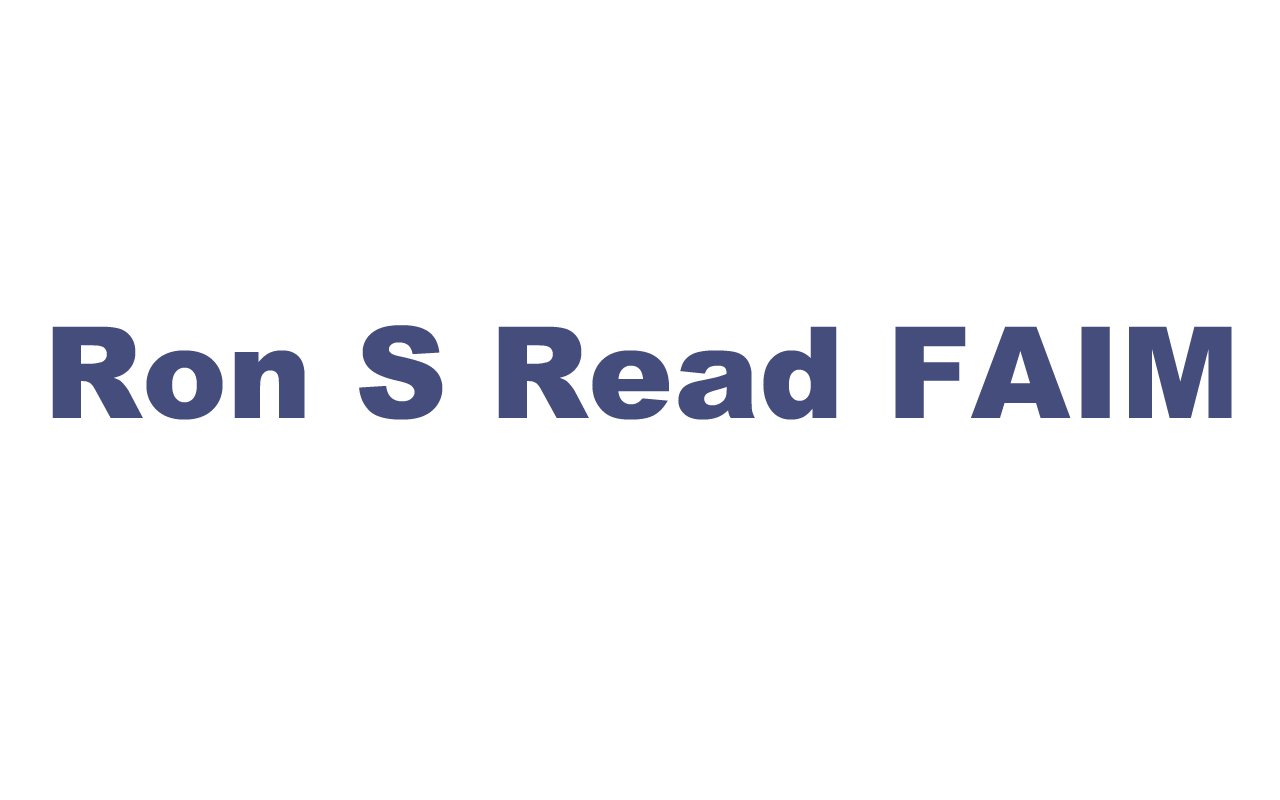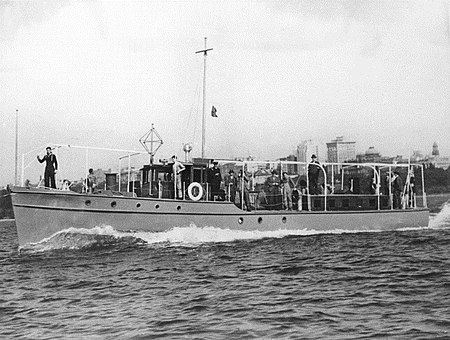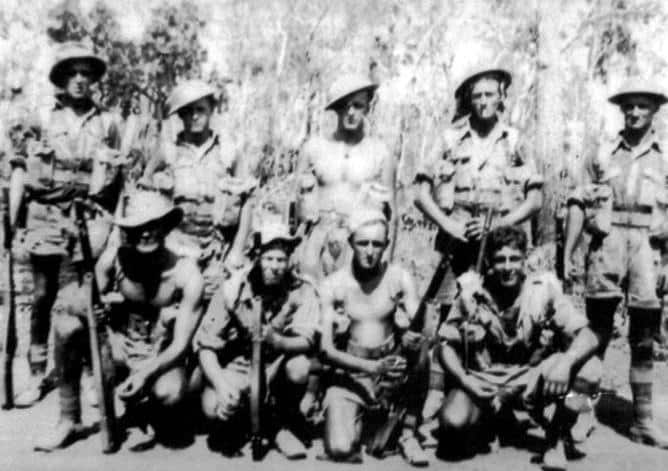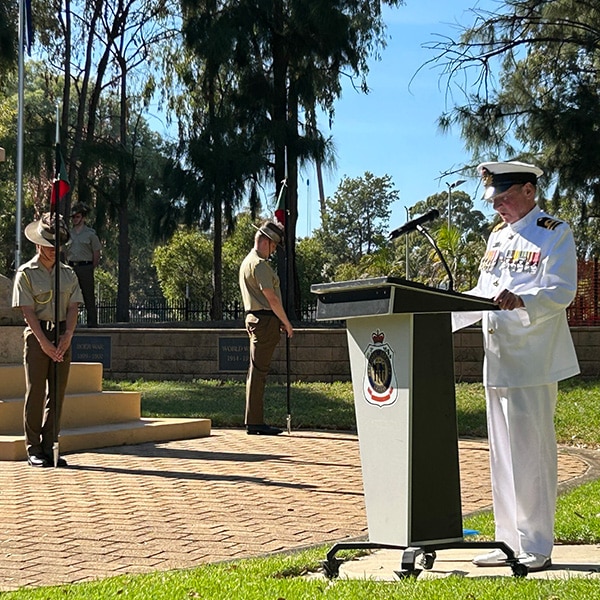Here is their story
Introduction
PT (Patrol, Torpedo) boats were small, fast, and expendable vessels for short range oceanic scouting, armed with torpedoes and machine guns for cutting enemy supply lines and harassing enemy forces. Forty-three PT squadrons, each with 12 boats were formed during World War II by the U.S. Navy. PT boat duty was very dangerous and the squadrons suffered an extremely high loss rate in the war.

From Design Competition to Home Front Production
In 1938 the US Navy sponsored a design competition to small boat builders with a challenge to create a highly mobile attack boat. Prizes were awarded for the winning PT boat designs. Not long after the U.S. entry into the war, there were roughly a dozen separate manufacturers of PT boats from the United States, Canada and Great Britain supplying the US Navy. Eventually ELCO (Elco Motor Yachts) with a factory located in Bayonne, New Jersey and Higgins Industries in New Orleans, Louisiana were the dominant two builders with ELCO producing the largest number.
In the later years of the war the U.S. Navy standardized the design and construction of the PT boat. Two basic and distinctly different types of PT Boats were built for combat with the predominant PT, the 80-foot long ELCO boat, and the slightly smaller 78 feet-long Higgins boat.

By the end of the Second World War II, ELCO had manufactured 399 boats and Higgins had completed 205 boats.
ELCO answered the call to design a PT boat by purchasing a new Scott-Paine motor torpedo boat from England and having it shipped to Electric Boat’s Groton plant. Dubbed PT-9, America’s first PT boat was subjected to numerous sea trials, alone and against other PTs in prototype stages. Over the next two years, PT-9 and subsequent ELCO’s improved PTs won a series of comparison tests. In 1939 ELCO doubled the size of its plant and tripled its capacity in order to build P-Ts. At the height of its PT boat production, ELCO employed more than 3,000 men and women working three shifts a day six days a week.
They produced, on average, one PT boat every 60 hours.
Based in New Orleans, Higgins Industries was a small boat company owned by Andrew Jackson Higgins. Higgins built a wide array of boats. Most World War II historians often equate the beach landing crafts used at Normandy and Iwo Jima simply as Higgins Boats.
The first Higgins PT boats were used against the Imperial Japanese forces in the Battle for the Aleutian Islands and in the Mediterranean against Nazi Germany and her allies.
They were used to support the D-Day landings on June 6, 1944.
PT boats were used for harassing enemy shore installations, supporting friendly troop landings, destroying floating mines, sinking enemy shipping targets, destroying enemy landing barges, rescuing downed pilots, landing partisans behind enemy lines, and attacking enemy island outposts.
Boat Dimensions
Wooden-hulled, 80 feet long with a 20-foot beam, the PT boats were powered by 3 x 12-cylinder Packard gasoline engines generating a total of 4,500 horsepower for a designed speed of 41 knots. With accommodations for 3 officers and 14 men, the crew varied from 12 to 17.
PT Boats were Fast
PT boats were powered by 3 x Packard 60degree V-12 four stroke supercharged engines marine engines (4M-2500). The each had a 6.40-inch bore and a 6.50-inch stroke, which brought them to 2,490 cubic inches.
Each engine had four valves per cylinder. With an aluminum block with steel cylinder sleeves and weighing in at 2,900 pounds, the engine had a 6.4:1 compression ratio, and a centrifugal supercharger; later models were also fitted with an intercooler.
A Holley 1685F aircraft carburetor supplied the fuel, fired by two spark plugs per cylinder. The engines were dry sump with an external oil tank which had special baffles to reduce foaming. The engines were fresh water cooled via fairly small tube type heat exchangers, as were the V-drives
Maximum speed was designated at 41 knots or 77 KPH.
These engines required high octane aviation gasoline and they were thirsty!
The had a maximum capacity of 3,000 US Gallons. At their optimal cruising speed of 23 knots, each engine consumed 70 gallons per hour. At full- speed this increased to 170 gallons per hour, per engine.
Armament

Each PT boat was equipped with the following:
4 x 21-inch Torpedo Tubes, 2 x Port side and 2 x Starboard side.
Each boat carried 4 x torpedoes – each had a 466-pound (211 kg) TNT warhead and had a range of 16,000 yards (15,000 m) at 36 knots (67 km/h).
1 x 1.5-inch (37 mm cannon) – mounted forward

Two x twin .50-inch (12.7 mm) M2 Browning heavy machine guns were mounted for anti-aircraft defence and general fire support. Later some PT boats had one gun mount removed and replaced with 2 x additional torpedo tubes placed aft.
Two x 0.79-inch (20 mm) cannons installed fore and aft
Depth Charge rack: Roll-off type – PT boats also commonly carried between two and eight U.S. Navy Mark 6 depth charges in roll-off stern racks.
Smoke Generator: Will lay about 3 x miles of thick smoke at top speed.
By war’s end, the PT boat had more firepower-per-ton than any other vessel in the U.S. Navy.
When President Roosevelt ordered General Douglas McArthur to leave Corregidor in the Philippines, and re-locate to Australia, he and his wife and young son and his staff were successfully transported by PT boats commanded by Lieutenant D Bulkeley USN.
A Future U.S. President’s Tale of Heroism

Perhaps the best-known PT was skippered by Lieutenant JG and later U.S. President John F. Kennedy. An 80-foot Elco boat, PT-109 was operating in the Solomon Islands in the South Pacific and joined 14 other PT boats for a night-time ambush of four enemy destroyers and supply ships of Japan’s “Tokyo express”. Most of the PT boat attack force fired their complement of torpedoes and headed for home, but three boats stayed behind including the 109. In the confusion and darkness at sea, Lieutenant Kennedy noted a vague shape approaching him. He assumed it was a sister PT boat, but soon discovered it was a Japanese destroyer. Kennedy attempted to swing his boat into position to fire a torpedo but was not fast enough.
The much larger destroyer hit the PT 109 broadside at full speed nearly splitting the much smaller wooden boat in half. Kennedy and the survivors swam nearly 3 miles to a small island.
After a week of surviving on small islands with the help of Solomon Islands people and coast-watcher, S/Lt Reggie Evans, Kennedy and the 109 surviving crew were rescued by PT-157.
Of the 650 or thereabouts PT Boats built, just two (2) have been fully restored.
They are PT-305 and PT-658




